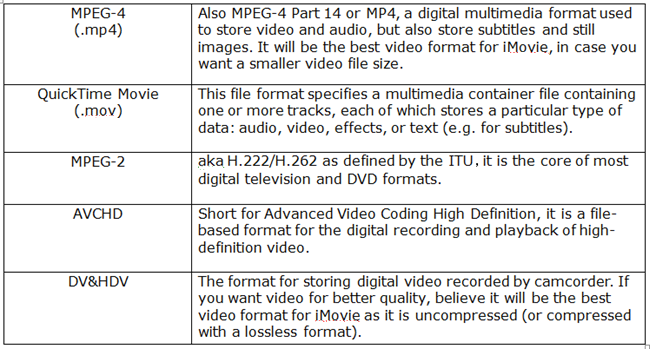
It's compatible with almost every video software out there with support for audio, video, subtitles, and still images. It's considered the international standard for audio-visual coding. MP4 was developed and released by the Moving Picture Experts Group (MPEG) in 2001.

Related: All You Need to Know about Video Codecs, Containers, and Compression There are various video formats depending on the codecs they support and the functionalities they offer. This compressed data is stored in a container called video file format. So, for convenience, we use a software tool called codec that helps compress or decompress and encode or decode this data. Since videos contain two elements: images and audio, the files can be huge-making it harder to share them. We know that a video is a series of pictures moving at high speed, paired with the audio at every instance of these pictures.

So, what are the most common video file formats?įor the sake of understanding, let's first define a video file format. However, did you know that each platform supports specific video formats? If you are a professional videographer, it's crucial to know the different types of video formats. Whether it's for education or entertainment, videos have become the primary source of information. It would not be a long shot to say that most of the content consumed in the digital era is via videos.


 0 kommentar(er)
0 kommentar(er)
